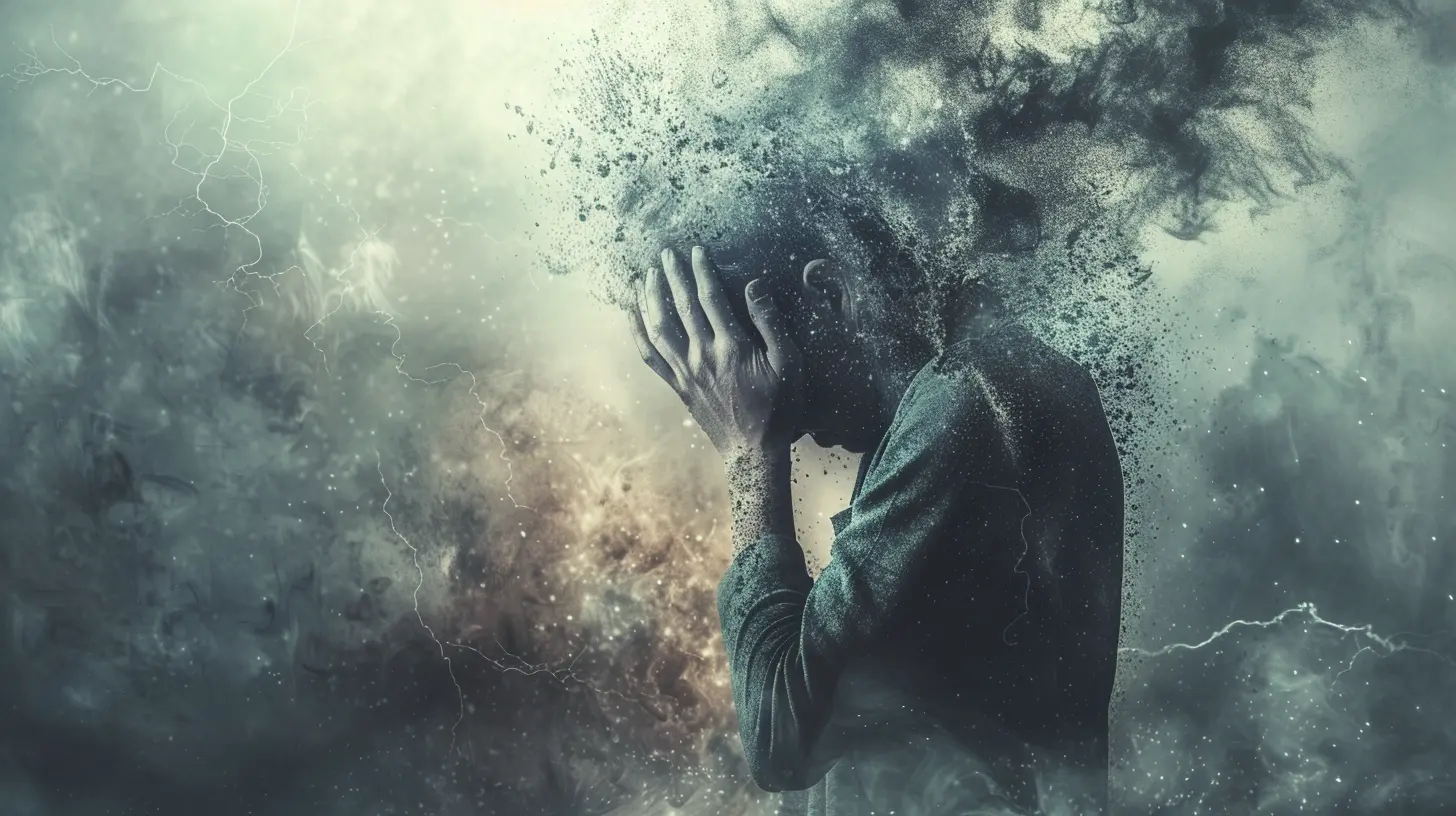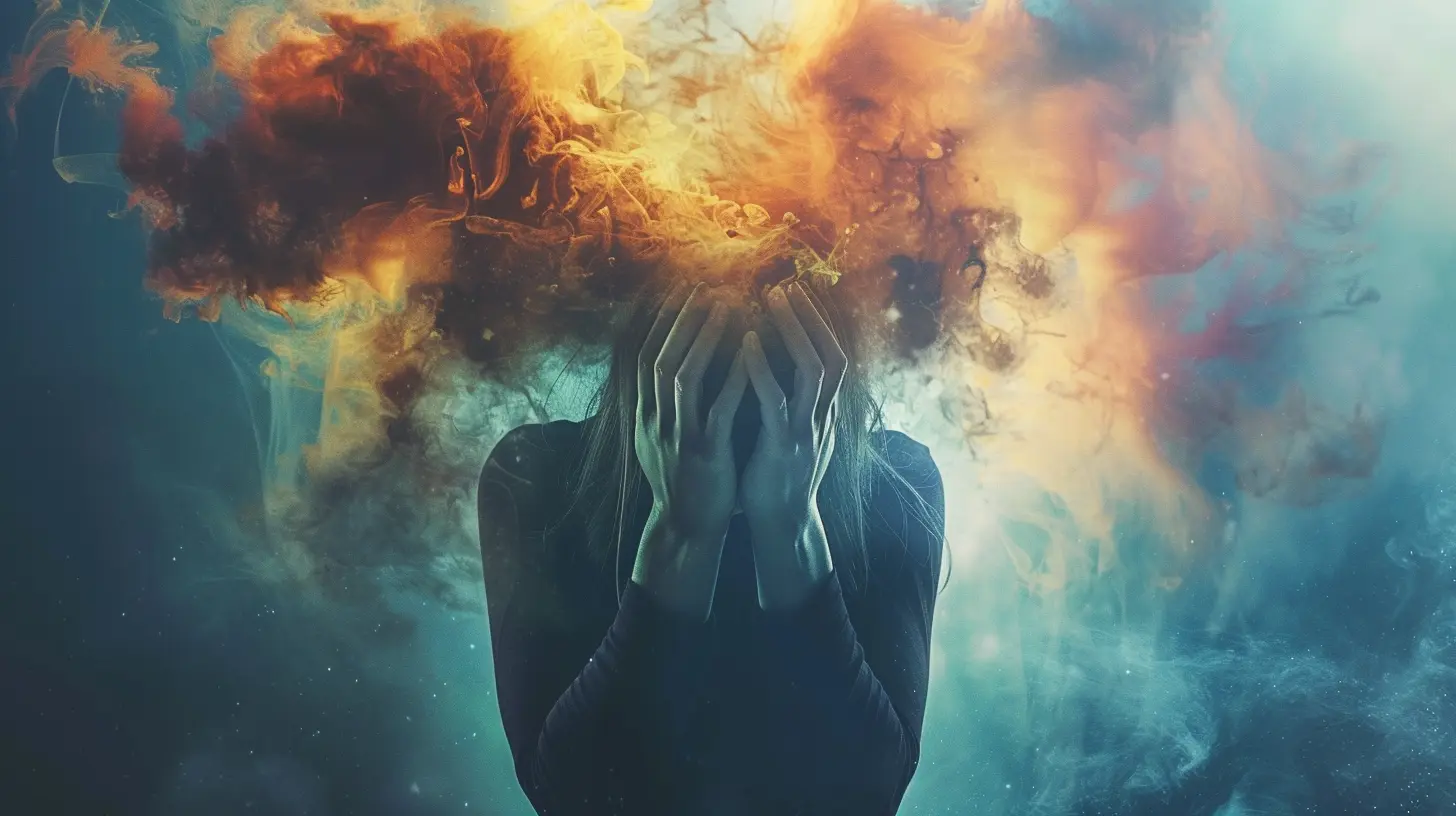Bipolar Disorder: Understanding Manic and Depressive Episodes
22 September 2025
Ever found yourself wondering what it actually feels like to be on an emotional rollercoaster—one that you didn’t sign up for? That’s a glimpse into what living with bipolar disorder can be like. It’s more than just mood swings or having a bad day. It’s a serious mental health condition that affects millions of people around the world, and chances are, you or someone you know has been touched by it in some way.
In this article, we're going to break down what bipolar disorder really is, zoom in on those intense highs (manic episodes), and also highlight the crushing lows (depressive episodes). If you've ever been confused by the term or unsure how to support a loved one going through it, stick around—we’re going deep but keeping it simple.
What Is Bipolar Disorder?
Let’s start right at the beginning. Bipolar disorder, once known as manic-depressive illness, is a mental health condition that causes extreme mood swings. These mood shifts aren't just feeling happy one day and sad the next. They are intense episodes of emotional highs, called mania or hypomania, and lows, known as depression.These aren’t your everyday feelings—they can make day-to-day life feel like a constant battle just to function. The pendulum swings between these emotional states can happen sporadically or in a pattern.
There are different types of bipolar disorder, which we’ll touch on a bit later. But the common thread? A constant back-and-forth between feeling like you're on top of the world and then suddenly being buried beneath it.
What Causes Bipolar Disorder?
You might be wondering, “Why does this happen?" And honestly, even experts are still figuring that out. But here's what we do know:- Genetics: If someone in your family has bipolar disorder, you're more likely to have it too.
- Brain structure and chemistry: There’s growing evidence that certain structural and functional differences in the brain may play a part.
- Environmental factors: Major life events, trauma, stress, or substance abuse can trigger or worsen symptoms.
So, no—it’s not just a personality quirk or someone being “dramatic.” It’s a real, biological condition.
The Highs: What Is a Manic Episode?
Let’s talk about mania. Imagine your brain hits the gas pedal and forgets where the brakes are.Symptoms of Mania
A manic episode is characterized by:- Unusually high energy levels
- Inflated self-esteem or grandiosity
- Decreased need for sleep (we're talking 2 or 3 hours and feeling fine)
- Racing thoughts
- Talking faster than usual, often jumping from topic to topic
- Engaging in risky behavior (like impulsive shopping, unsafe sex, or quitting jobs impulsively)
Mania can feel deceivingly “good” at first. You might feel unstoppable, creative, productive—like you're finally "tapping into your potential." But here’s the thing: it often spirals out of control. The behavior can become reckless, relationships can strain, and things you do during a manic episode can have long-lasting consequences.
Hypomania: The Lighter Version
There’s also something called hypomania—a milder form of mania. It’s less intense and doesn’t usually lead to the major life disruptions that full-blown mania does. People with Bipolar II disorder primarily experience hypomanic episodes instead of manic ones. It can still be risky, though—hypomania often goes undiagnosed because people enjoy the energy boost and feel more "alive."
The Lows: What Is a Depressive Episode?
Now, swing the pendulum in the opposite direction. A depressive episode is more than just sadness. It’s a deep, often immobilizing state that can strip the color from your life.Symptoms of Depression
- Persistent sadness or emptiness- Loss of interest in activities once enjoyed
- Fatigue or lack of energy
- Difficulty concentrating or making decisions
- Feelings of hopelessness or worthlessness
- Changes in appetite or sleep (either too much or too little)
- Thoughts of death or suicide
Depression can be crushing. It can make getting out of bed feel like climbing Mount Everest. It can turn simple tasks—like brushing your teeth or answering a text—into monumental challenges. And yes, it can be life-threatening if it leads to suicidal thoughts or actions.
The Bipolar Cycle: How It All Connects
One of the most baffling parts about bipolar disorder is how unpredictable it can be. Some people might experience dramatic mood shifts a few times a year; others might cycle every week or even within a single day.This is often referred to as rapid cycling. It’s not a separate diagnosis, but a term used when someone has four or more episodes of mania, hypomania, or depression in a year.
There’s no “standard” bipolar experience. Severity, frequency, and type of episodes can vary wildly from person to person.
Types of Bipolar Disorder
Alright, quick rundown. Here are the main types:1. Bipolar I Disorder
- Characterized by at least one manic episode, which may be preceded or followed by depressive episodes.- The manic episode lasts at least 7 days or is severe enough to need hospitalization.
2. Bipolar II Disorder
- Involves at least one hypomanic episode and one major depressive episode.- The person never experiences a full manic episode.
3. Cyclothymic Disorder (Cyclothymia)
- Chronic mood fluctuations involving numerous periods of hypomanic and depressive symptoms (but not severe enough to meet criteria for full episodes).- These symptoms last for at least 2 years in adults.
4. Other Types
- Sometimes symptoms don’t fit neatly into the above categories. In those cases, it’s classified as "other specified and unspecified bipolar and related disorders."Getting Diagnosed: What’s the Process?
If someone suspects they may have bipolar disorder, the first step is usually talking to a mental health professional. Diagnosis isn't as simple as taking a blood test—it involves a mix of interviews, mood tracking, medical history, and sometimes input from close family or friends.Why is diagnosis so tricky? Because bipolar disorder can sometimes be misdiagnosed as depression or even ADHD, depending on which symptoms are most prominent. That’s why a thorough evaluation is crucial.
Treatment Options: Managing the Highs and Lows
The good news? With the right treatment plan, people with bipolar disorder can manage their symptoms and lead fulfilling lives.1. Medication
This usually includes:- Mood stabilizers (like lithium)
- Antipsychotics
- Antidepressants (carefully prescribed, since they can trigger mania in some people)
Medication helps even out those dramatic mood swings and is often a critical part of treatment.
2. Therapy
- Cognitive Behavioral Therapy (CBT) helps manage negative thought patterns.- Interpersonal and Social Rhythm Therapy (IPSRT) focuses on maintaining daily routines to prevent mood episodes.
3. Lifestyle Changes
- Sleep: A consistent sleep schedule can be a game-changer.- Exercise: Moving your body regularly helps regulate mood.
- Diet: Eating balanced meals at regular intervals helps with stability.
- Avoiding drugs and alcohol: Substances can trigger episodes or interfere with medications.
4. Support Systems
Having a support network—in the form of family, friends, or support groups—is invaluable. You don't have to do this alone.How to Support Someone with Bipolar Disorder
If a loved one has bipolar disorder, it can be hard to know how to help. Here are a few ways to be supportive:- Listen without judgment. Sometimes, just being there is the most powerful thing you can do.
- Educate yourself. Understanding the condition helps you offer real support.
- Encourage treatment. Gently guide them toward seeking professional help if they’re not already.
- Be patient. Recovery takes time, and mood changes aren’t always in their control.
And remember: setting boundaries is important. Supporting someone doesn’t mean sacrificing your own mental health.
Final Thoughts: There’s Hope
Honestly, bipolar disorder is tough. It’s not a one-size-fits-all condition, and it certainly doesn’t come with an instruction manual. But with education, compassion, and the right tools, it’s absolutely possible to manage it.Whether you’re someone living with bipolar disorder or someone who loves someone who does, just know this: you’re not alone, and there is hope. Understanding what’s really going on—beneath the manic highs and depressive lows—is the first step toward healing.
all images in this post were generated using AI tools
Category:
Psychiatric DisordersAuthor:

Paulina Sanders
Discussion
rate this article
1 comments
Theo McMeekin
Understanding bipolar disorder is key to fostering empathy and support for those affected. By recognizing the complexities of manic and depressive episodes, we can break stigma, promote mental health awareness, and empower individuals on their journey to wellness.
October 19, 2025 at 3:50 PM

Paulina Sanders
Thank you for your insightful comment! Understanding bipolar disorder indeed plays a crucial role in fostering empathy and supporting those affected, ultimately helping to combat stigma and promote mental health awareness.


